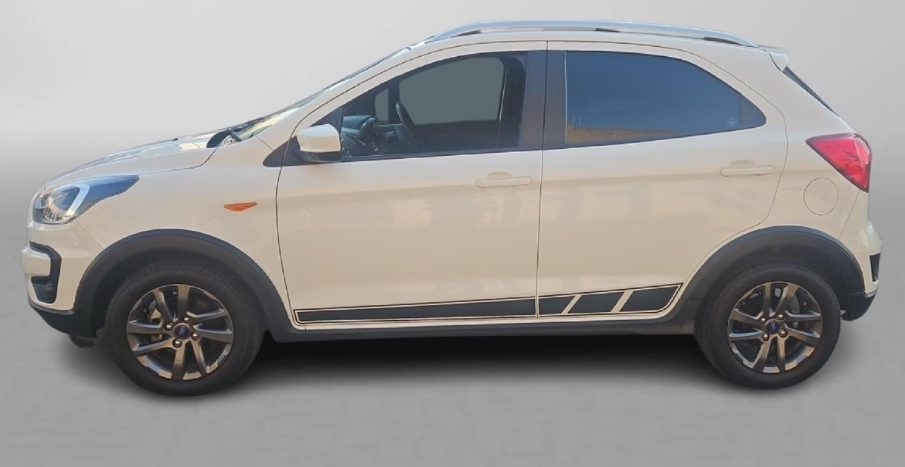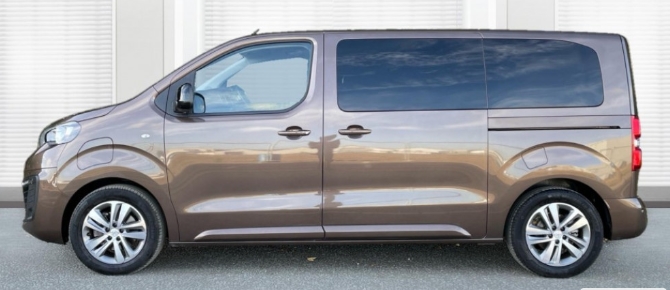The Evolution of the Ford Figo
The Ford Figo is a subcompact car that has played a significant role in the global automotive market, particularly in emerging markets such as India, South Africa, and Latin America. Since its inception, the Figo has undergone several transformations, reflecting advances in automotive technology, shifting consumer preferences, and Ford’s strategic repositioning. This article provides a detailed overview of the Ford Figo’s evolution, including its years of production, model generations, and the various trim levels offered throughout its history.
Origins and First Generation (2010–2015)
Introduction and Launch
The Ford Figo was first introduced in India in 2010 as a replacement for the Ford Fiesta Classic. It was developed specifically for emerging markets, aiming to offer a compact, affordable, and reliable vehicle. The Figo was based on the Ford Fiesta platform but tailored to meet the demands of budget-conscious consumers.
Design and Features
The first-generation Figo featured a modern, sporty design with a compact hatchback silhouette, emphasizing aerodynamics and urban appeal. It was powered by a range of petrol and diesel engines, catering to diverse customer needs. The initial trim levels in India included:
- LX: The base model offering essential features.
- EX: Mid-range variant with additional comfort and convenience features.
- Titanium: Top-tier trim with premium features, including power steering, air conditioning, and optional alloy wheels.
Engine Options
- 1.2-liter Duratec petrol engine
- 1.4-liter Duratorq TDCi diesel engine
Market Presence
The Figo was also introduced in South Africa and Latin America, with localized specifications and trim levels. It gained popularity for its affordability, reliability, and sporty styling.
Second Generation and Facelift (2015–2021)
Facelift and Upgrades
In 2015, Ford launched a facelift of the Figo to maintain competitiveness. The update included refreshed front and rear styling, improved interior features, and enhanced safety equipment such as dual airbags and ABS as standard in many markets.
New Model Variants
The second-generation Figo expanded its trim lineup to include:
- Trend: A more contemporary design with added comfort features.
- Titanium: Continuing as the premium trim with features like touchscreen infotainment systems, alloy wheels, and steering-mounted controls.
- Sports: A sportier variant introduced in some markets, featuring cosmetic enhancements and sportier suspension tuning.
Engine and Transmission
- 1.2-liter Ti-VCT petrol engine
- 1.5-liter TDCi diesel engine (introduced in later models)
- Transmission options ranged from 5-speed manual to optional 6-speed automatic in select markets.
Features and Technologies
The second-generation Figo introduced features such as:
- Touchscreen infotainment systems with Bluetooth connectivity
- Power windows and keyless entry
- Improved safety features including additional airbags and electronic stability control options in some variants
Global Variations
While primarily designed for Indian and South African markets, the second-generation Figo was also offered in parts of South America and Southeast Asia under different branding and specifications.
.
RepairSurge Online Repair Manuals Replace Bulky Books With Reliable Digital Information!
Faster And Cheaper Than Traditional Printed Manuals, Users Get Instant Access To The Repair Information They Need For Any Car, Truck, Van or SUV:
.
Discontinuation and Reintroduction
In 2019, Ford announced the discontinuation of the Figo in several markets due to shifting corporate priorities and a focus on SUVs and electric vehicles. However, the model continued to be popular in some regions, prompting Ford to keep it in production until 2021.
Ford Figo (2021–Present): The New Generation
Revamp and Global Reintroduction
In 2021, Ford reintroduced the Figo in India as part of its renewed focus on compact cars and affordable mobility solutions. The new Figo was built on Ford’s B2 platform, emphasizing modern styling, enhanced features, and improved safety.
Design and Styling
The latest Figo features a bold grille, sleek headlamps, and a more aerodynamic profile. It aligns with Ford’s global design language, emphasizing a sporty and contemporary look.
Trim Levels and Features
The current lineup includes:
- Ambiente: The entry-level variant with basic features aimed at budget buyers.
- Trend: Adds comfort and convenience features such as power windows, a touchscreen infotainment system, and alloy wheels.
- Titanium: The top-tier variant offering advanced features like automatic climate control, premium audio, and additional safety features.
Powertrain Options
- 1.2-liter Ti-VCT petrol engine
- 1.5-liter diesel engine (depending on market regulations)
- Both engines are paired with 5-speed manual transmissions; a 6-speed automatic transmission is available in some trims.
Technology and Safety
The latest Figo is equipped with modern amenities:
- SYNC 3 infotainment system compatible with Android Auto and Apple CarPlay
- Reverse parking sensors and camera
- Multiple airbags and anti-lock braking system (ABS)
- Electronic stability control and hill-start assist in higher trims
Market Positioning
The updated Ford Figo continues to target cost-conscious consumers seeking a reliable, feature-rich vehicle suitable for urban and suburban environments.
Model Variants and Trim Levels Overview
Over its lifespan, the Ford Figo has been offered in various configurations tailored to regional markets. Here is a summarized breakdown:
| Year(s) | Market | Trim Levels Offered | Notable Features |
|---|---|---|---|
| 2010–2015 | India, South Africa, Latin America | LX, EX, Titanium | Basic features to premium trims with alloys and power accessories |
| 2015–2021 | Same markets with updates | Trend, Titanium, Sports (in some markets) | Enhanced styling, infotainment, safety features |
| 2021–Present | India, selective markets | Ambiente, Trend, Titanium | Modern design, advanced infotainment, safety tech |
Notable Variations and Special Editions
Throughout its production, the Figo saw various special editions and regional variations:
- Figo Freestyle (2018–2021): A crossover-inspired variant launched in India with increased ground clearance, rugged styling, and additional features.
- Limited Editions: Occasionally, Ford introduced limited runs with unique badging or features to boost sales or commemorate milestones.
Conclusion
The Ford Figo has evolved significantly since its debut in 2010, reflecting Ford’s commitment to providing affordable, feature-rich vehicles tailored to the needs of emerging markets. From its initial design and basic trims to its recent modern iteration with advanced technology and safety features, the Figo exemplifies the brand’s adaptability and focus on value.
Despite facing competition from other compact hatchbacks and the global shift toward SUVs and electric vehicles, the Figo remains an important chapter in Ford’s global portfolio. Its evolution highlights how automakers adapt their models over time to meet changing consumer preferences, regulatory standards, and technological advancements.
As the automotive industry continues to evolve with a focus on electrification and connectivity, future iterations of the Ford Figo may incorporate hybrid or electric powertrains, further extending its legacy as a versatile and accessible vehicle for millions worldwide.







